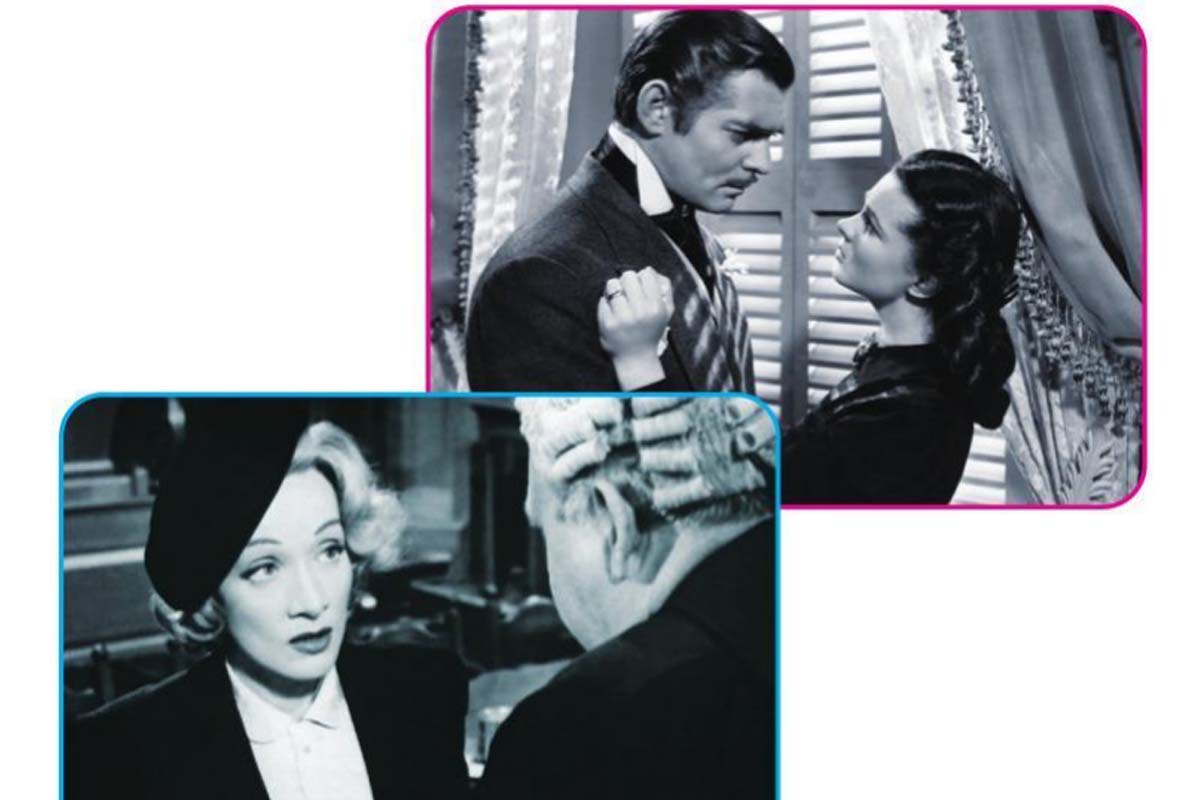Gone are those days of the lost era of yesteryear iconic screen legends when the current crop of new-age film stars from Hollywood, Bollywood and Tollywood in the new millennium do not leave the same evergreen celluloid impact as their earlier counterparts.
Going down memory lane, Kolkata in the earlier era of the 20th century drew enthusiastic crowds lock, stock and barrel to the cinema halls of this metropolis. In the days of the British Raj, the best of Hollywood was imported to this city of joy and, by dint of the sheer magic of their yesteryear star values, set the silver screen, metaphorically speaking, on fire.
Who could forget the first colour Hollywood film, Gone with the Wind, released at the Metro Cinema in 1939? Based on the bestseller novel by Magaret Mitchell, Gone with the Wind filled screen space with such iconic Hollywood stars as Clark Gable and Vivian Leigh in the lead roles, who gave brilliant stellar performances in what may be deemed a romantic saga with the American civil war in the backdrop.
The chemistry between the two stars was a combination of intellect on par with the more torrid romance projected by these two iconic stars. Another American screen legend was the handsome Gary Cooper, who looked like a Greek god and stole the hearts of the female audience, who swooned over his angelic blue eyes and tall, straight figure. The actor proved his mettle as a dynamic hero in such unforgettable films as For Whom the Bell Tolls, Beau Geste, Love in the Afternoon opposite the iconic Audrey Hepburn, and his last film, The Naked Edge with Debora Kerr, an adult film that was once screened at the Lighthouse Cinema.
Cooper’s films were repeatedly screened due to popular demand. Do we have such star value today in this new millennium? Are the stars of this new-age generation really worthy of such reverence and sycophancy? Those were classic movies, and no films or stars worth the name, whether in Hollywood, Bollywood or Tollywood, measure up to more than one viewership, which, on the contrary, unlike films of the past era, may be viewed any number of times.
Take, for instance, the 1962 Hollywood blockbuster Witness for the Prosecution, directed by Billy Wilder, which was adapted from the Agatha Christie murder thriller screened at the Lighthouse Cinema. The film’s success was catalytic on account of the unmatched and unrivalled performances from the entire cast, headed by Tyrone Power, Marlene Dietrich, Elsa Lancaster, and, of course, Charles Laughton as the British barrister for the defence, who may be deemed icons of the era. The other two films of that iconic age that vied for competition as blockbusters were The Ten Commandments and Ben Hur, which screened at the Lighthouse and Metro in the early 1960s.
The star attraction is the iconic image of Charlton Heston, who singly carried both films on his shoulders somewhat like Atlas without shrugging. Heston’s dynamic screen persona was an instant hit, and his stardom value internationally remains well ensconced, as the American actor who set the cash registers ringing at the box office was nothing short of phenomenal.
Of course, who could forget the magnetic personality and handsome looks of Tyrone Power as the plagued husband of Marlene Dietrich in Witness for the Prosecution, whose stunning screen persona once riveted audiences all over the world, especially those belonging to an older generation? Cinema posters during the childhood years of this scribe would be on display in the front of GK Sports in Kyd Street, publicising Hollywood films screened at the Lighthouse cinema at the time.
Posters of Hollywood or busts with Dean Martin, Jerry Lewis, Anita Ekberg and Pat Crowly bring back many nostalgic memories of screen icons of yesteryear. This correspondent’s elder brother’s passion for western classical music drove family members to view Song without End with Dirk Bogard as Franz Lizt (somehow he did not fit the role as the Hungarian composer had sharper aquiline features) was once screened at the now moribund Globe Cinema located opposite the New Market.
Elizabeth Taylor lent her ravishing presence as a concert pianist opposite Vittorio Gassman in the film Rhapsody, screened at the Elite Cinema, and she became this scribe’s favourite screen icon after that. Of course, Taylor’s personality changed dramatically and became more sophisticated and stunningly beautiful, with a magnetic personality seasoned by age, when she shared screen presence with Richard Burton on the Cleopatra screen at the newly renovated Globe cinema in 1967.
Unforgettable screen icons of yesteryear Hollywood remain etched in the mind even today, with such names as Gregory Peck, Cary Grant, Rock Hudson, Kirk Douglas, and Richard Burton coupled with screen goddesses like Audrey Hepburn, Sophia Loren, Ava Gardner, Rita Hayworth, Susan Hayward, Marilyn Monroe, Greta Garbo, Joan Crawford, Jean Harlow, et al.
Their separate screen personas remain in the memory, so strong an impression they left in the world of celluloid. As one may perceive, the scenario has changed dramatically today with the winding up of cinema halls in Kolkata being replaced by multiplexes with exorbitant rates of tickets, marking the end of legendary screen icons of yesteryear whose very name and celluloid image conjured up in the public mind would draw full houses.
This is a sad commentary on the times. The irony is that the current crop of new-age stars all over the world will never leave the same impact as yesteryear screen legends who have till date left footprints in the sands of time.
The writer is an independent contributor.












